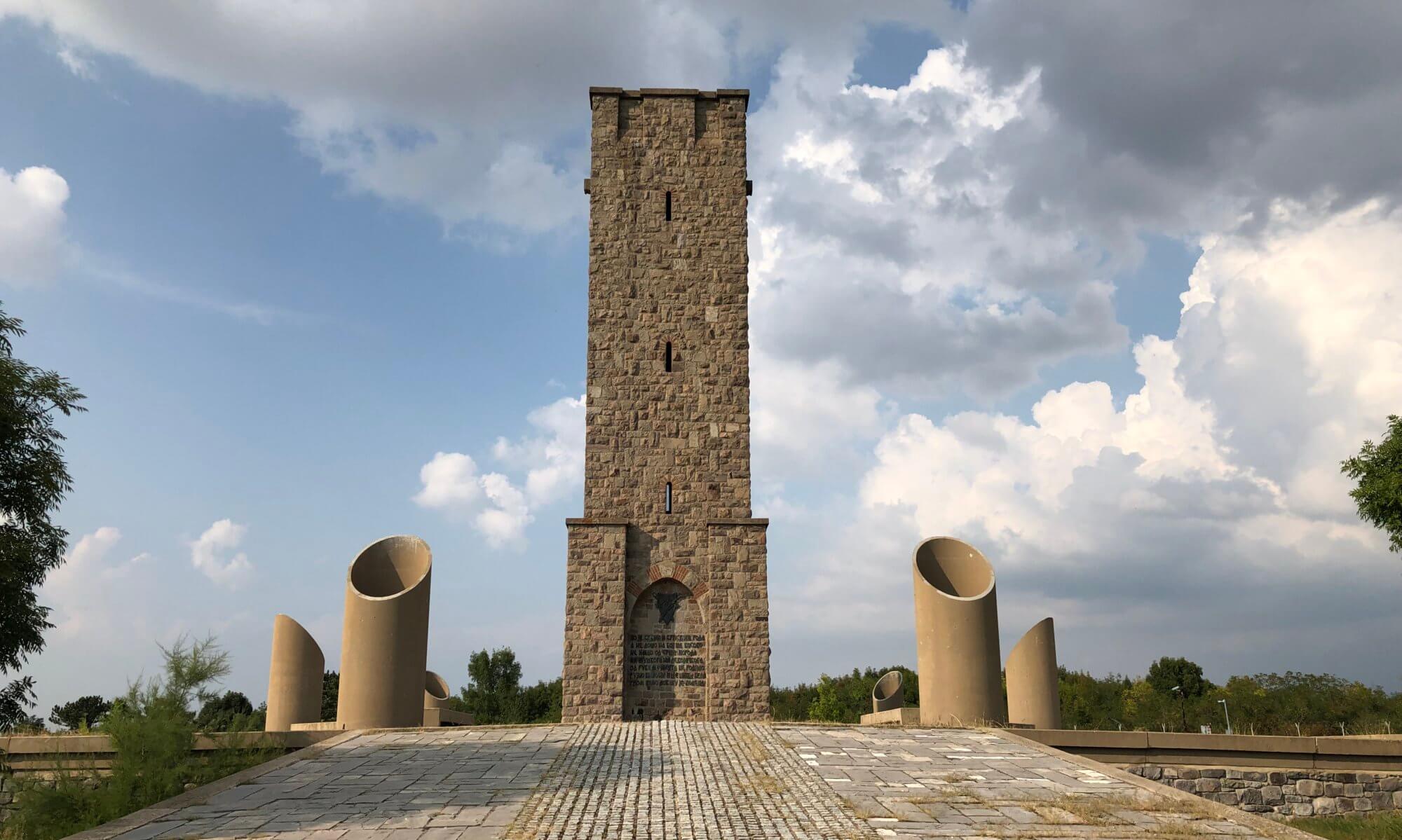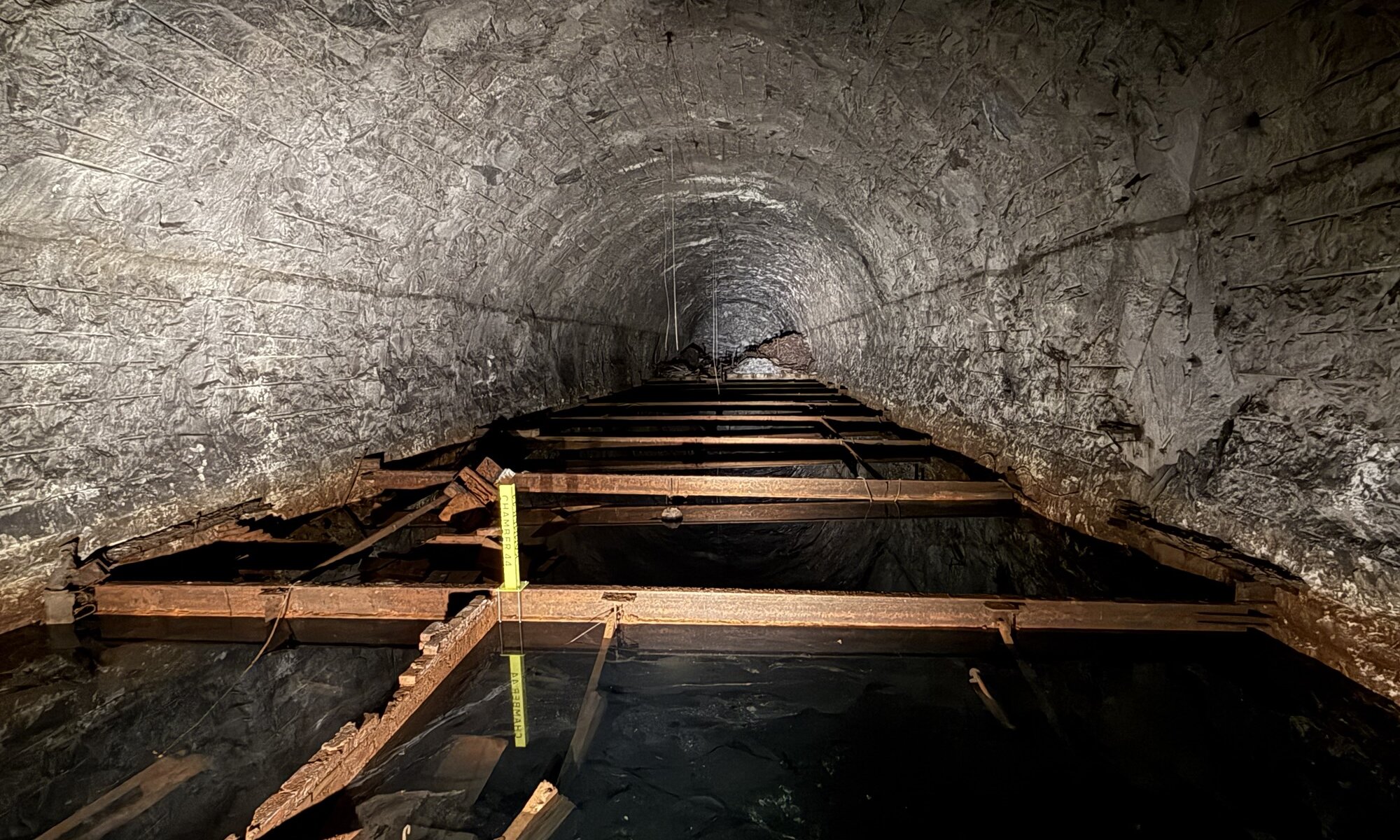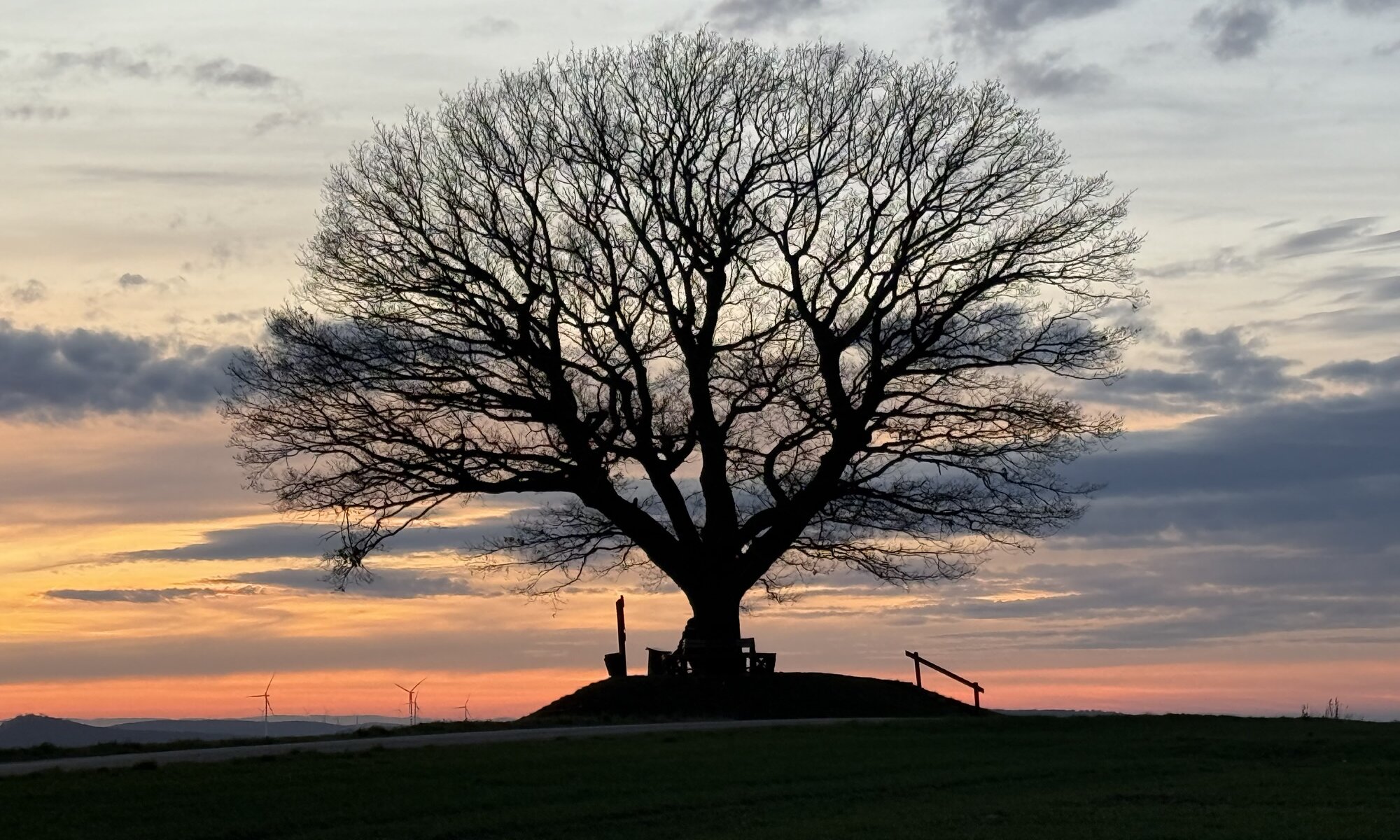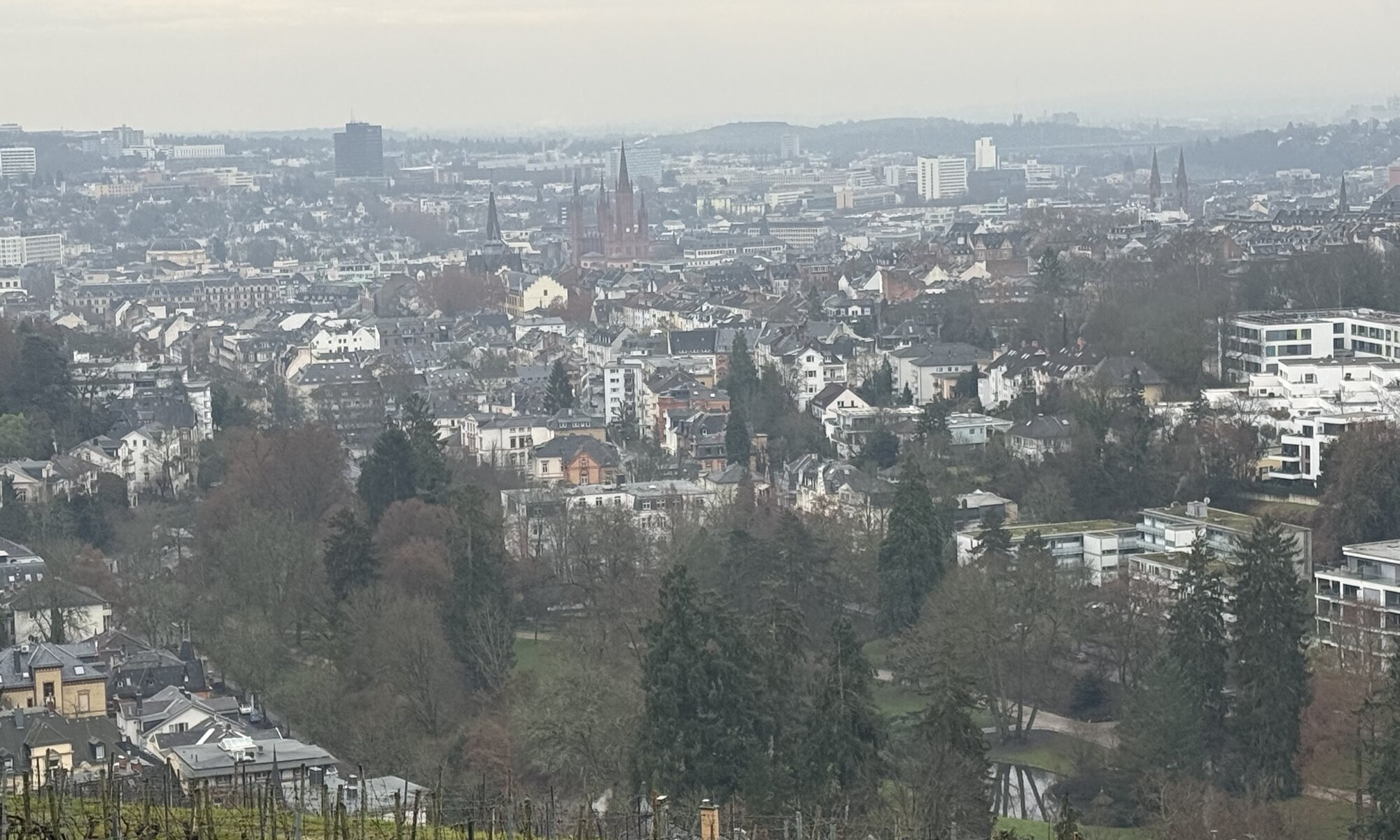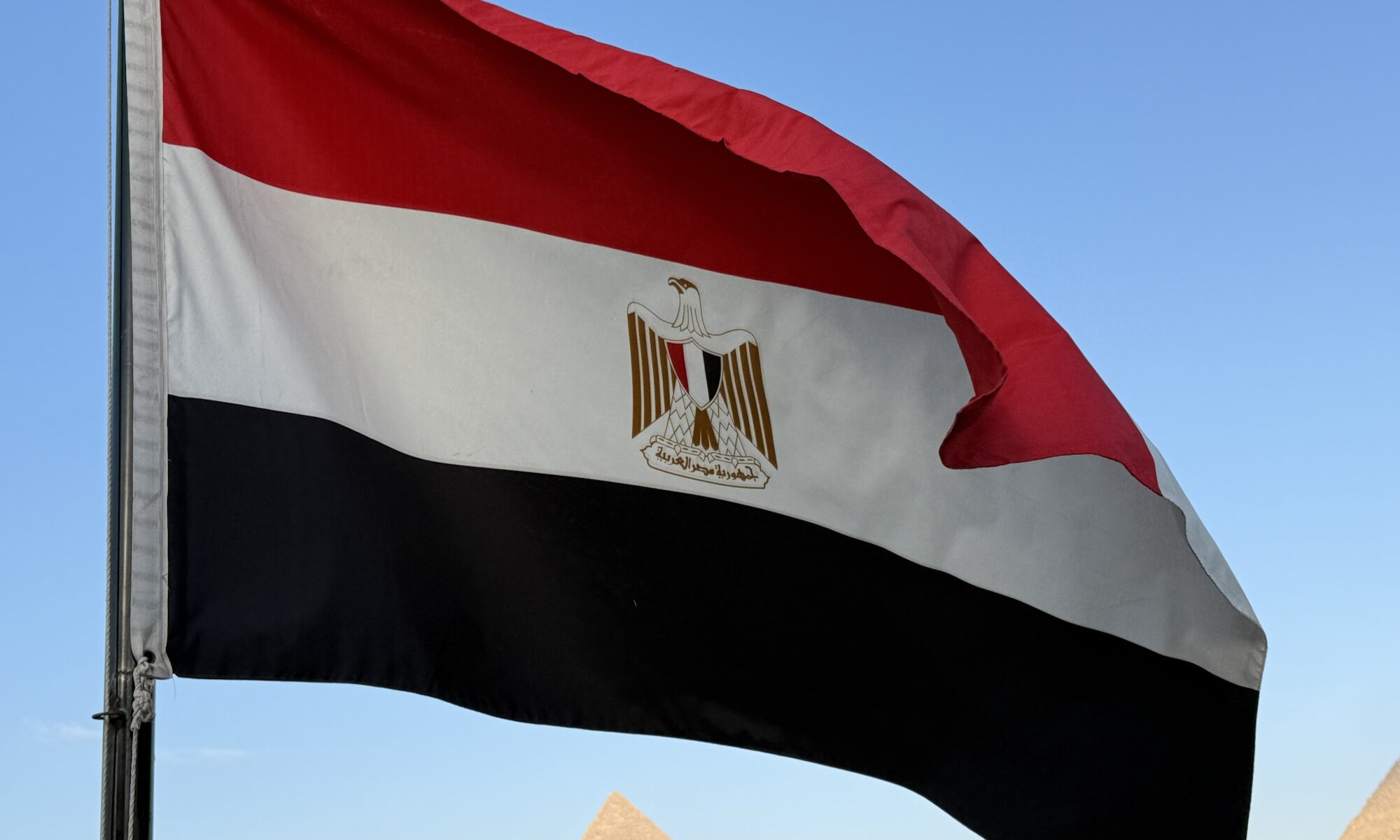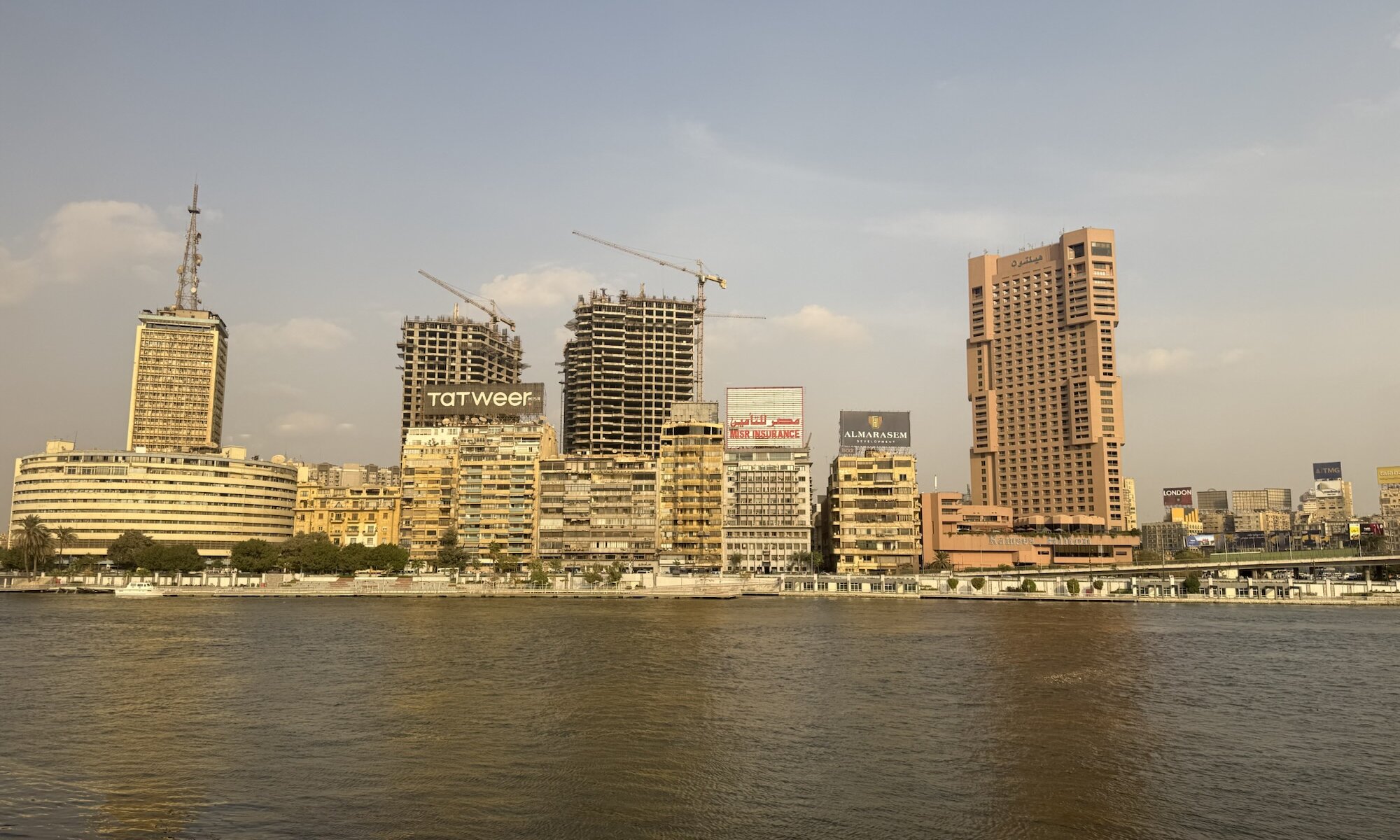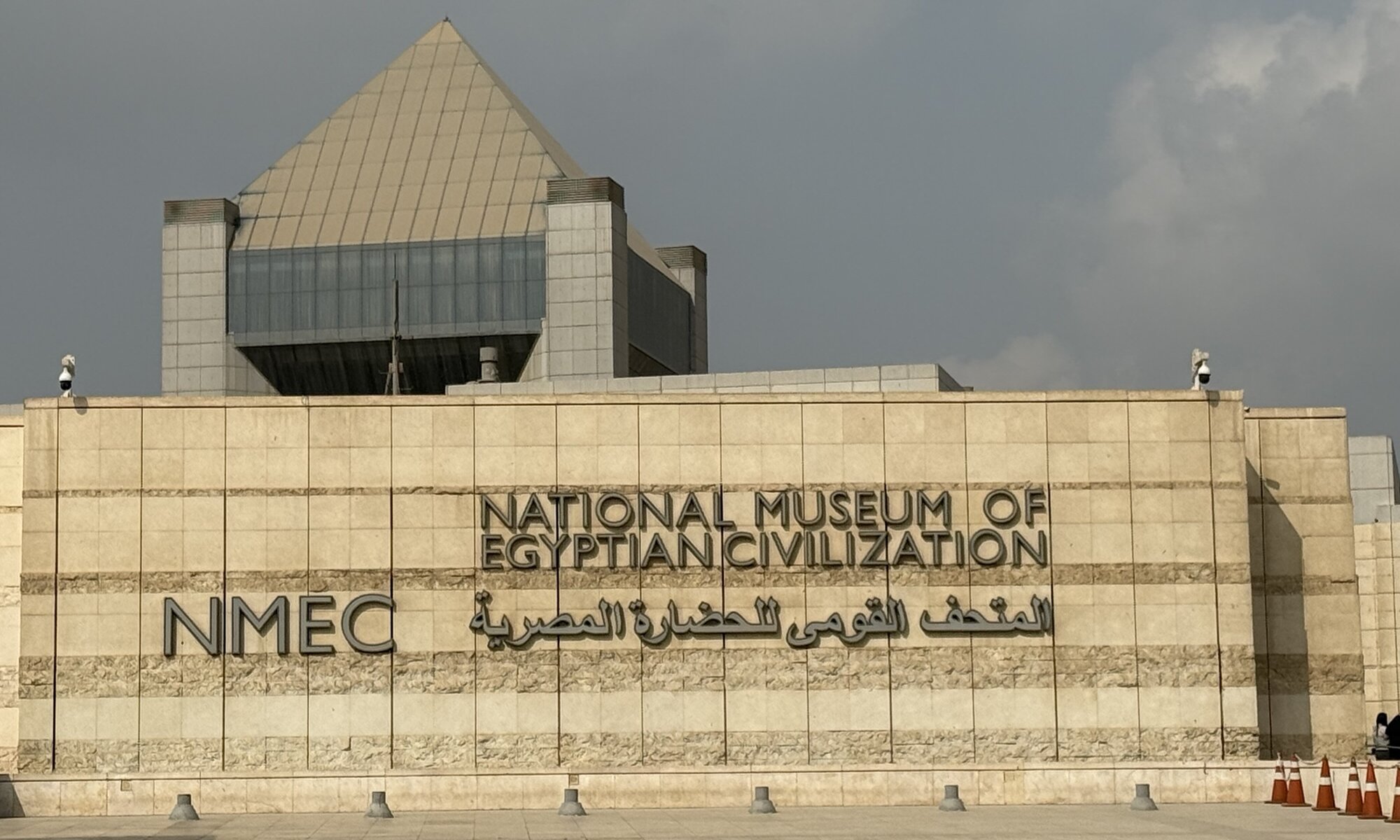The KZ-Gedenkstätte Mittelbau-Dora, located near Nordhausen in Thüringen, stands as a stark reminder of one of the darker chapters of the Second World War. Initially established in the late summer of 1943 as a subcamp of Buchenwald, it became an independent concentration camp in the autumn of 1944. Prisoners were forced to work under appalling conditions in a vast network of underground tunnels carved into the Kohnstein mountain. These tunnels, developed for the storage of fuel and later dedicated to the production of the V2 rocket, symbolised both a technological triumph and a humanitarian disaster – tens of thousands of inmates perished from exhaustion, malnutrition, disease, and outright execution.
Continue reading “Mittelbau-Dora”Friedenseiche
The Friedenseiche at Hombressen, a high point on the Warthügel above Hofgeismar, is one of those modest rural memorials that quietly anchor big history in a very local landscape. It was planted after the victorious end of the German‑French war of 1870/71, when communities across the new German Empire marked peace, unity and sacrifice with commemorative oaks and small monuments rather than grand triumphal arches. Even today the tree stands as a reminder of how intensely the events of that short but decisive conflict were felt even in small Hessian villages far from the front.
Continue reading “Friedenseiche”Neroberg
Neroberg rises gently above Wiesbaden, offering one of those classic hillside viewpoints where city, river and forest seem to knit together in a single panorama. On a clear day the view stretches across the elegant Kurhaus quarter towards Mainz and the wider Rhein-Main region. The hill has long been treated as the city’s local ‘house mountain’, and even today the mix of woodland paths, vineyards and historic architecture gives it a distinctly cultivated, almost park-like character rather than a wild, rugged feel.
Continue reading “Neroberg”Ophelia
The Museum Wiesbaden is one of the most significant cultural institutions in the German state of Hesse, combining art, natural history, and special exhibitions under one roof. Its origins date back to the early 19th century, when the foundation of the Nassau Antiquities Association laid the groundwork for a formal museum. The current building, an elegant neoclassical structure completed in 1915, stands at the edge of Wiesbaden’s city centre and was carefully restored after the damage it suffered in the Second World War. Over time, the museum evolved into a multidisciplinary institution dedicated to the visual arts, natural sciences, and decorative culture.
Continue reading “Ophelia”Miṣr
Egypt stands as one of the world’s most fascinating destinations, carrying the weight of millennia within its sands and monuments. Often called the cradle of civilisation, it was home to powerful dynasties whose architectural and cultural feats shaped history. From the time of the ancient Pharaohs through the Greek and Roman periods, Egypt maintained a central role in trade, religion, and scholarship. Even in later centuries under Islamic rule, its cities flourished with vibrant learning centres, mosques, and bustling markets. The blend of these eras is still visible today, layered into the landscapes along the Nile.
Continue reading “Miṣr”Cairo
القاهرة is one of the world’s most captivating cities, lying at the heart of Egyptian civilisation and brimming with layers of history. Founded in the 10th century by the Fatimids, it grew into a powerful Islamic centre under successive dynasties and later became the beating heart of modern Egypt following the Ottoman and British periods. Despite its relatively recent origins compared to nearby ancient sites, القاهرة’s surroundings are steeped in antiquity, with the Nile serving as both lifeblood and boundary between eras. Pharaohs ruled just downstream in Memphis and Giza, leaving behind an unparalleled legacy that continues to define the city’s global image.
Continue reading “Cairo”Egyptian Civilization
Set along the edge of Fustat, the National Museum of Egyptian Civilization in القاهرة is one of Egypt’s most remarkable modern cultural achievements. Unlike the older institutions dedicated mainly to the grandeur of the pharaonic period, this museum offers a panoramic narration of Egypt’s entire civilizational development, from prehistoric times right through to the present day. The spacious, beautifully architected building integrates sleek contemporary design with motifs inspired by ancient Egyptian forms, creating a sense of continuity between the country’s deep past and its modern national identity.
Continue reading “Egyptian Civilization”Grand Egyptian
The Grand Egyptian Museum (GEM) stands as one of Egypt’s most ambitious cultural projects, located near the Giza Plateau with the Great Pyramids forming a spectacular backdrop. Conceived in the early 2000s, the museum was designed to serve as a new global centre for Egyptian archaeology and heritage, accommodating the growing need for modern exhibition space. The idea emerged as the century-old Egyptian Museum in Tahrir Square became overcrowded and outdated, struggling to house and preserve the vast artefacts gathered over two centuries of excavation. Construction began in earnest in the mid-2000s, with international collaboration shaping its architecture and conservation laboratories into some of the most advanced in the world.
Continue reading “Grand Egyptian”Khan el-Khalili
Khan el-Khalili is one of القاهرة’s most iconic and historic bazaars, nestled in the heart of the city’s Islamic quarter. Founded in the late 14th century during the Mamluk era by Emir Djaharks el-Khalili, the market was originally built as a caravanserai, offering a place for merchants from across the Islamic world to rest and trade their goods. Over the centuries, this busy hub evolved from a vital stop on ancient trade routes into a vibrant marketplace where history seems to linger in every winding alleyway and ornate archway.
Continue reading “Khan el-Khalili”Ibn Tulun
Tucked away in the historic heart of القاهرة, the Mosque of Ibn Tulun stands as one of Egypt’s oldest and best-preserved religious monuments. Built in the ninth century by Ahmad ibn Tulun, the founder of the Tulunid dynasty, the mosque is renowned for having survived in a largely unaltered state since its construction. Its vast courtyard, elegant arcades, and striking stucco motifs make it a unique relic of early Islamic architecture, offering solace and serenity amid the vibrant chaos of the city’s labyrinthine streets.
Continue reading “Ibn Tulun”